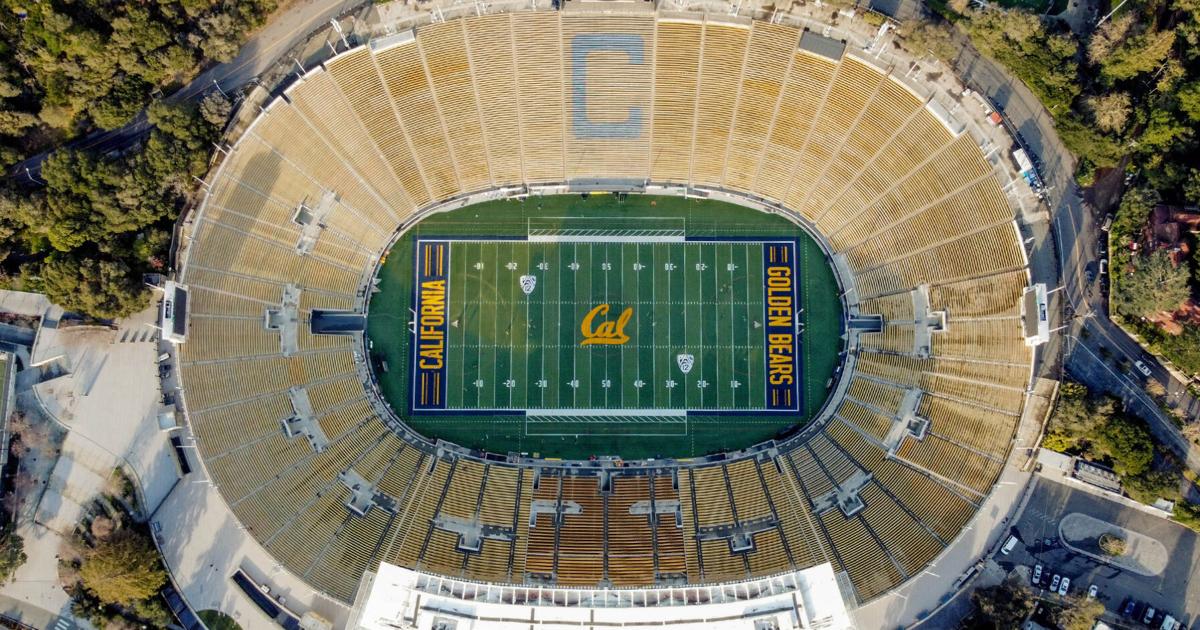A 3.0 magnitude earthquake with epicenter on campus near Memorial Stadium occurred Thursday morning, according to the United States Geological Survey, or USGS. USGS reported the earthquake less than an hour before the annual Great ShakeOut earthquake drill.
The earthquake was one of several aftershocks from last month’s larger 4.3 magnitude earthquake, according to Amy Williamson, an assistant researcher at the Berkeley Seismology Lab.
However, according to Williamson, these smaller aftershocks are not necessarily a sign that more frequent or destructive earthquakes will follow. UC Berkeley sits partly on the Hayward Fault, which runs through Memorial Stadium.The Hayward Fault is the only fault line that directly touches campus.
“This entire earthquake sequence overall is pretty small,” Williamson said. “It’s not necessarily going to influence or create any more earthquakes on this Berkeley segment of the (Hayward) fault.”
Small earthquakes commonly occur near campus on the Hayward Fault but large ones such as the 4.3 magnitude earthquake last month are rarer, according to Williamson. She added that prior to the earthquake last month, the last major earthquake close to campus was a 4.4 magnitude earthquake in 2018.
Williamson said that aftershocks will probably stop in a few weeks, although future earthquakes are difficult to forecast.
“This is all sort of based on our understanding from past earthquakes,” Williamson said. “We can’t say how many more earthquakes will definitively happen.”
According to Williamson, earthquakes can occur at any time, so it’s important to know what to do if one strikes.
Williamson recommended practicing “drop, cover, hold on” and keeping an emergency preparedness kit with first aid supplies, water, nonperishable food and a flashlight. Removing loose objects that might fall or cause damage can also help prevent injuries in the event of an earthquake.
Williamson noted she would typically expect many campus buildings to handle moderate magnitude shaking “just fine.”
UC Berkeley’s Seismology Lab hosted an event, “The Great Berkeley ShakeOut & Preparedness Fair 2025,” to raise awareness of earthquake safety on campus after the annual Great ShakeOut earthquake drill.
The UC Berkeley Seismology Lab operates the MyShake app, which sends out early warning alerts from USGS’s ShakeAlert system for earthquakes with a magnitude of 4.5 or higher. MyShake did not send out an alert for the earthquake Thursday morning because its size posed less risk for damage or injury, according to Williamson.
“Even though we really try to let people know when we do detect earthquakes through these early warning apps, … it really comes down to people being able to know what to do when they get an alert and feel shaking,” Williamson said.

